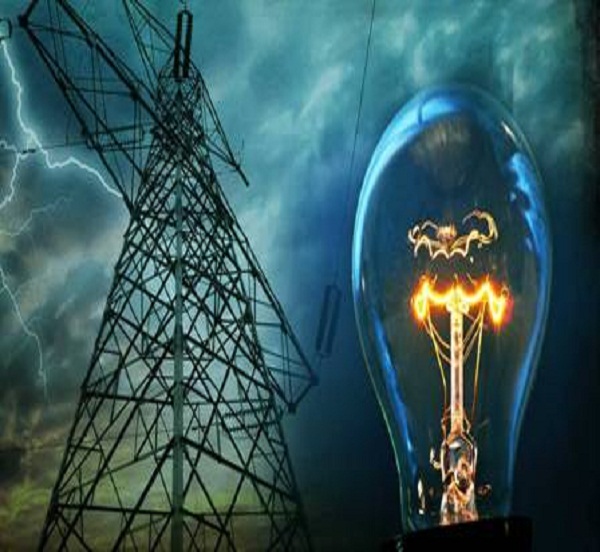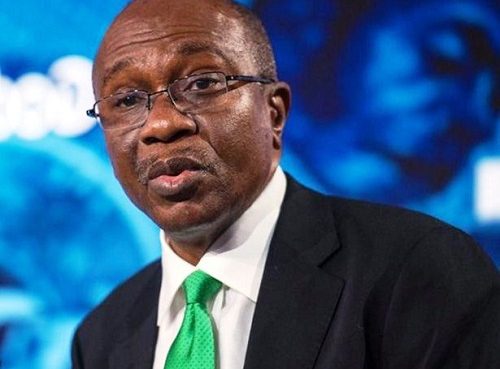The world bank has approved an International Developmemt Association (IDA) credit facility for the Nigerian Electricity Supply Industry (NESI) for the purpose of repositioning the power sector for future power investment. Essentially, this financial intervention is tagged the Power Sector Recovery Operation (PSRO), another lexicon in our series in the power sector. This is in partial fulfillment of the provisions made in the Power Sector Recovery Program (PSRP). A key feature of the PSRO is the fact that it is results-based. This performance for results initiative is best suited for Nigeria. In this system, it is important for the NESI to achieve financial and fiscal sustainability while enhancing accountability in the power sector.
Before the NESI can attract foreign direct investment from waiting investors, the unit cost of electricity (1kWh) has to be determined, the “landing” cost of electricity that is service reflective will be determined, the ATC&C losses will be drastically reduced and all consumers will be metered. Therefore, one of the best ways to utilise this financial intervention is to use it as part of the over $2.5bn required to meter all consumers in the NESI. This has the advantage of complementing the Nigerian Electrification Roadmap (NER) project with Siemens. If we can unlock and align grid capacity of 25,000MW throughout the electricity supply value chain, such that we can successfully generate, transmit and distribute same, Nigerians will enjoy more than 18 hours of electricity supply per day baring system unavoidable failures. With payments made via smart prepaid metering and distribution of financials via a technology-based escrow account system, illiquidity in the power sector will soon be in the past.
Also, if carried out with local content in view, this will lead to empowerment, development and economic emancipation of Nigerians. The human capital in the NESI will be developed and Nigeria will be on the path to having a functional electric power sector.
The first thing to be addressed before you create an electricity market is the reduction in ATC&C losses to reasonable levels.
Now that we have put the cart before the horse, the government-to-governmemt intervention via Siemens is what needs to be correctly implemented.
This kind of investment will have to go on uninterrupted for at least the next 2 decades for all Nigerians to experience uninterrupted power supplies.
All hands must be on deck to ensure the successful implementation of the Siemens’ deal. The buck stops with the “properly” constituted project management team on the Nigerian side of the bargain.
Contributor: Engr Idowu Oyebanjo, CEO of Idfon Power Engineering Consultants (iPEC) Limited










